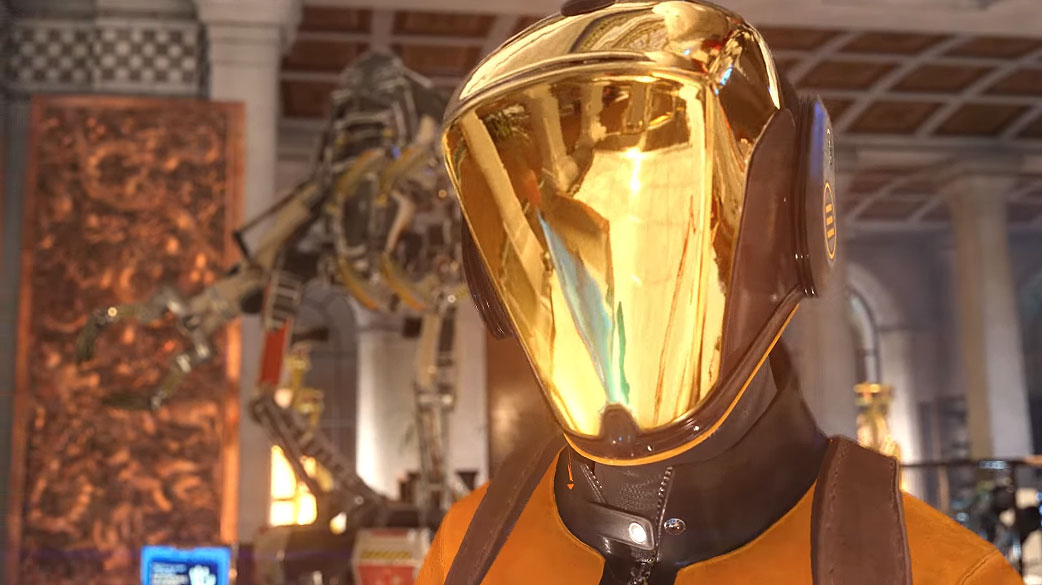Ray tracing benchmark built from the ground up is headed to 3DMark this fall
The plan is to launch the update around the same time as Microsoft's next major Windows 10 update.

UL Benchmarks (Futuremark's parent company) is working on an update to its popular 3DMark benchmark that will evaluate ray tracing performance of graphics cards. We already knew this, but up until now, there hasn't been any mention of when it will release. I've since learned that UL Benchmarks is trying to coincide the update with Microsoft's next major update to Windows 10, known as Redstone 5.
This has been reported by a few different outlets, and I confirmed the timing with UL Benchmarks directly.
"We are designing a new test from the ground up to use DirectX Ray Tracing, which will be added to 3DMark as an update. Our goal is to align with the launch of Redstone 5," UL Benchmarks said.
Contrary to recent reports, however, this will not be an update to 3DMark's existing Time Spy test, which is a DirectX 12 benchmark.
"Changing Time Spy in such a significant way would invalidate comparisons with previous scores, which isn’t something we want to do. The new test will produce its own benchmarking scores that will not be comparable with other tests like Time Spy and Fire Strike benchmark tests," UL Benchmarks added.
The confusion may have stemmed from UL Benchmarks' ray tracing tech demo release earlier this year, with scenes that look similar to Time Spy.
I'm also told that AMD, Microsoft, Nvidia, and all other members of the 3DMark Benchmark Development Program are involved in the development of the new ray tracing test, which makes sense. There is a concerted effort across the board to make real-time ray traced gameplay a reality.
Keep up to date with the most important stories and the best deals, as picked by the PC Gamer team.
Nvidia in particular is heavily promoting real-time ray tracing with its recently announced GeForce RTX graphics cards. We've yet to evaluate performance of the new cards, though the tech demos we've seen certainly look impressive.
Ray tracing allows for photorealistic graphics and is a true game changer (no pun intended). However, it's ultra demanding on hardware. Microsoft's DXR API and Nvidia's RTX technology are both hybrid solutions that combine traditional rasterization techniques with partial real-time ray tracing.
How this all shakes out remains to be seen. What we can say is that September is shaping up to be a busy month. In addition to Redstone 5 and the new 3DMark ray tracing update coming out, Nvidia's GeForce RTX cards will start shipping on September 20.
Paul has been playing PC games and raking his knuckles on computer hardware since the Commodore 64. He does not have any tattoos, but thinks it would be cool to get one that reads LOAD"*",8,1. In his off time, he rides motorcycles and wrestles alligators (only one of those is true).


